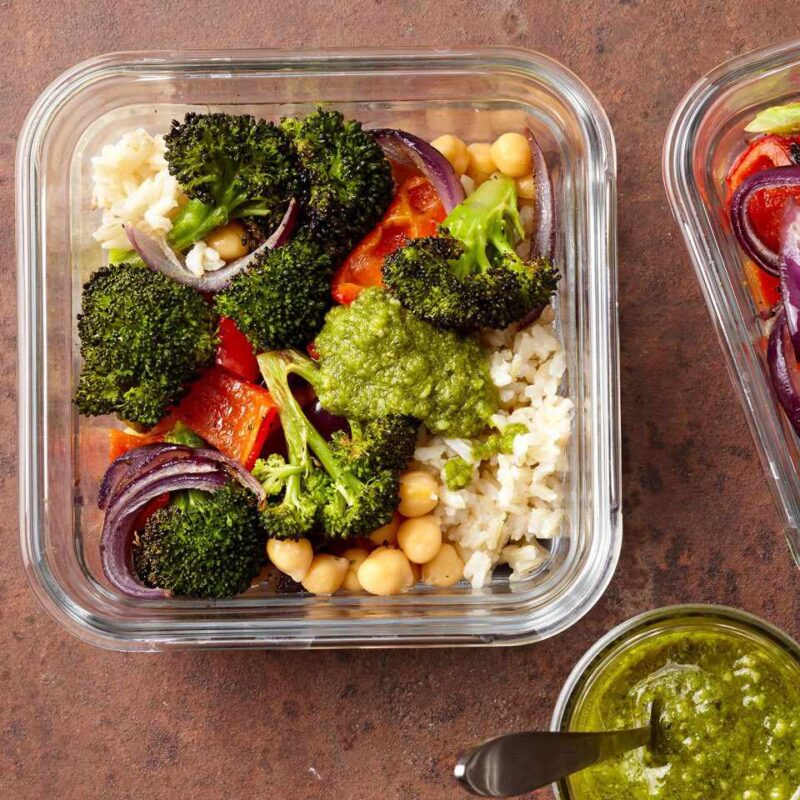Blog
The #1 Habit for Healthy Blood Sugar While Traveling

- Traveling can be fun and exciting, but it can also make it tricky to eat right and exercise.
- This can be especially challenging for people with diabetes, say experts.
- Walking after meals is an easy, enjoyable way to keep blood sugar in check when traveling.
Our bodies crave routine. Yet nothing throws off our day-to-day patterns quite like travel. Whether it’s for work or pleasure, travel can be an exciting way to gain new experiences in a place far from home. However, time zone changes, less opportunity to exercise, new cuisines and disrupted mealtimes can make managing your blood glucose a challenge.
Luckily, there’s one simple habit that can help, and it’s free and easy to do just about anywhere in the world. It’s walking after meals. Read on to learn why diabetes experts say lacing up your walking shoes after eating is an outstanding way to keep your blood sugar in check when you’re on the road, plus other travel tips to help keep your numbers in range.
How Walking After Meals Can Promote Healthy Blood Sugar
It Reduces Post-Meal Blood Sugar Spikes
After you eat, your blood sugar naturally rises as your body breaks down its carbohydrates for energy. In response, your pancreas produces insulin to ferry the glucose from your blood into your cells. However, when you have diabetes or insulin resistance, this system doesn’t work effectively, and post-meal blood sugar can rise above the normal range.
When you’re traveling, you may have less access to healthy foods, which may set you up for higher blood sugar. The good news is a post-meal stroll can help. “Walking after meals is a standard recommendation for all my clients with diabetes,” says Vandana Sheth, RDN, CDCES, FAND. In fact, research suggests that walking after meals can help lower blood glucose levels in people with diabetes, says Kim Rose-Francis, RDN, CDCES, LD. “Walking helps to shuttle glucose from the bloodstream into your muscles, where it is used for energy,” says Rose-Francis. That means you’ll have a lower rise in blood sugar post-meal, which can also help you avoid a blood sugar crash later.
If you can’t swing a long walk, even shorter post-meal walks may be beneficial, provided you do them repeatedly throughout the day. For instance, one study of people without diabetes found that taking frequent two- to five-minute walks every 20 or 30 minutes helped lower their blood glucose levels. So, even a little exercise “snack” is likely better than nothing at all.
It Increases Insulin Sensitivity
Physical activity doesn’t just help your muscles use up that glucose for fuel. It also increases insulin sensitivity, which is your body’s ability to efficiently use the insulin it produces. This, in turn, helps your cells use the glucose in your bloodstream more effectively, translating to lower blood sugar levels. A post-meal walk is so effective that research has found it improves insulin sensitivity in the short term and as long as 24 hours afterward. What’s more, the longer you walk, the greater the blood sugar-lowering effects both immediately and over the next day.
It Reduces Stress
Our minds and bodies are closely connected. So much so that stress can manifest itself in physical symptoms like higher blood sugar. “When you are stressed due to tight travel schedules, your brain signals your body to release cortisol, a stress hormone that plays a key role in glucose metabolism,” says Rose-Francis. This hormone prepares the body for “fight or flight” by releasing glucose and by inhibiting the action of insulin. That might have been helpful for our ancestors who had to outrun lions in the wild. But not so much when you’re trying to enjoy your vacation. “Walking, along with other forms of physical activity, may help reduce this cortisol response, which may positively influence your blood glucose levels,” says Rose-Francis.
Other Strategies for Healthy Blood Sugar While Traveling
Taking a walk after meals is just one of many strategies you can use to help manage your blood glucose while traveling. Here are a few other expert tips to keep your numbers in range.
- Try Muscle-Building Exercises. Walking is an excellent form of exercise. But if it’s pouring rain or you have difficulty walking, there are other exercises that can work. “Try engaging the muscles in your legs by doing standing squats in place,” says Rose-Francis. “This activates major muscle groups, allowing them to absorb glucose from the bloodstream and use it for energy.” If standing is difficult, try some soleus calf pushups, which have been shown to help lower blood sugar. To do them, Rose-Francis says: “Sit down, keep your feet flat, then lift your heels while the front of your feet stay on the ground. Drop your heels back down and repeat.”
- Carry a Water Bottle. “Dehydration often leads to higher concentrations of glucose in your bloodstream, contributing to elevated blood sugars,” says Patricia Kolesa. M.S., RDN. “If you plan to travel to a warmer climate or have several activities planned generally, it can be challenging to stay hydrated.” So, toss an empty water bottle into your carry-on to bring through security and fill it up later at water stations or before you leave your hotel, she says.
- Pack Blood Sugar–Friendly Snacks. Finding nutritious snacks and meals when you’re traveling isn’t always easy. As an insurance policy, pack a few of your favorite blood sugar–friendly snacks before you leave. Sheth recommends nonperishable snacks that provide a combination of carbs, protein and fiber, like dry-roasted edamame or trail mix with nuts and seeds. Fiber is especially helpful as it slows carbohydrate digestion, which can translate to steadier blood sugar levels, says Kolesa. She recommends snacks with at least 2 grams of fiber per serving.
Our Expert Take
When you’re away from home, it can be difficult to maintain your usual eating, sleeping and exercise routine. That can make managing blood sugar seem tricky. But dietitians say walking after meals is a simple habit that can help keep your blood glucose in check when you’re on the road. It’s so effective that it’s their No. 1 habit for healthy blood sugar when traveling. And you don’t have to sweat it out for miles. Even short post-meal strolls may help lower your blood sugar and improve insulin sensitivity. Plus, walking is a great way to sightsee, and it’s free. So, toss a comfortable pair of walking shoes into your bag and get ready to hit the road!












